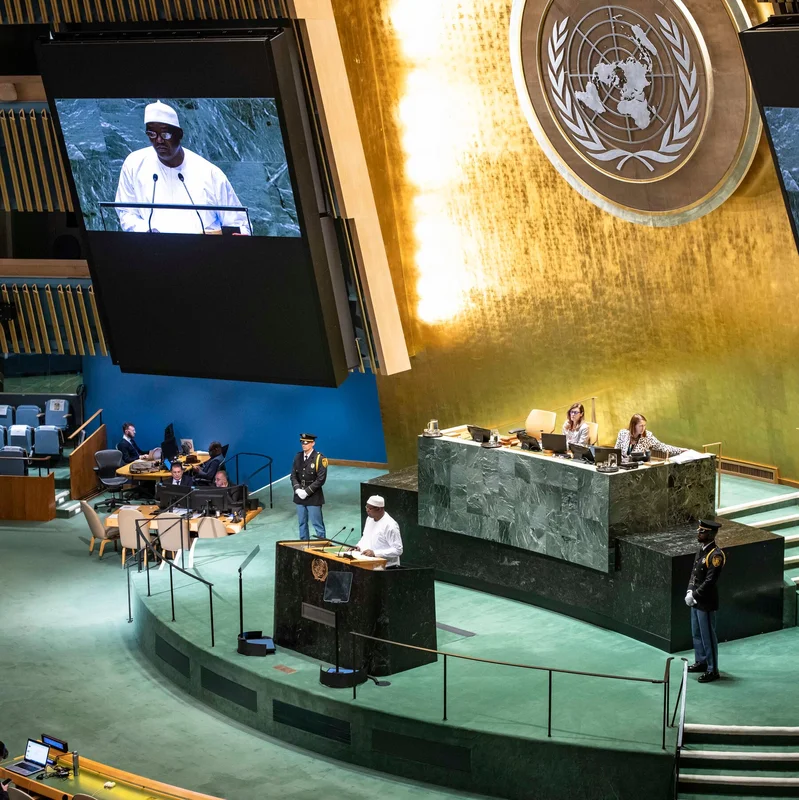Table of Contents
- The Perilous Game of Crisis Bargaining
- The Ghost of the 2013 Shutdown
- The Democratic Dilemma in 2025
- Political Risks and Public Opinion
- Sources
Obamacare Shutdown Showdown: A High-Stakes Gamble
In the high-octane world of Washington politics, leveraging a government shutdown to win policy concessions is a strategy fraught with peril. As the U.S. faces another potential fiscal cliff, the debate over Obamacare is once again at the heart of the storm, echoing a failed Republican gambit from over a decade ago.
The core question on everyone’s mind: Can Democrats succeed where Republicans so spectacularly failed in 2013? The answer lies in a complex mix of public sentiment, political will, and the ever-present risk of backfiring.
The Ghost of the 2013 Shutdown
History serves as a stark warning. In 2013, a faction of Republicans, convinced they could halt the Affordable Care Act before its benefits became tangible to the public, forced a government shutdown. Their logic was simple: block Obamacare before people started experiencing its advantages .
The plan backfired catastrophically. The public largely blamed the GOP for the shutdown, and the party suffered significant political damage. The Affordable Care Act not only survived but began to gain traction as millions enrolled in new health plans. The episode became a textbook case of how not to negotiate from a position of minority power.
The Democratic Dilemma in 2025
Fast forward to 2025, and the tables appear to have turned. Now, it is Democrats who are considering using the threat of a shutdown as leverage. Their goal is to force Republicans to the negotiating table to secure an extension for critical Obamacare premium subsidies .
This is a fundamentally different proposition. Instead of trying to dismantle a new and untested program, Democrats are fighting to protect an established system that provides health coverage for millions of Americans. The political calculus is therefore inverted, but the risks remain.
Why This Fight is Different
Several key factors distinguish the current situation:
- Public Investment: Unlike in 2013, the public is now deeply invested in the Affordable Care Act. Millions rely on its subsidies and protections.
- Objective Clarity: The Democratic goal is defensive—to maintain the status quo—rather than the offensive, ideological crusade of 2013.
- Strategic Positioning: Early reports suggest Democrats are winning the messaging war, framing the fight as one to protect ordinary Americans’ healthcare .
Political Risks and Public Opinion
Despite these advantages, the path is treacherous. Government shutdowns are deeply unpopular. They disrupt federal services, furlough workers, and create economic uncertainty. Even if the public agrees with the end goal, they may punish the party seen as holding the government hostage to achieve it.
The central challenge for Democrats is to maintain a clear, consistent message that the onus for any shutdown lies with Republican intransigence on extending vital subsidies. They must convince the public that their actions are a last resort to protect a program that is already working for countless families.
As the November 1st deadline looms, all eyes are on Capitol Hill. The ghosts of 2013 are watching, a constant reminder that in the high-stakes game of political brinkmanship, the price of failure can be immense.




